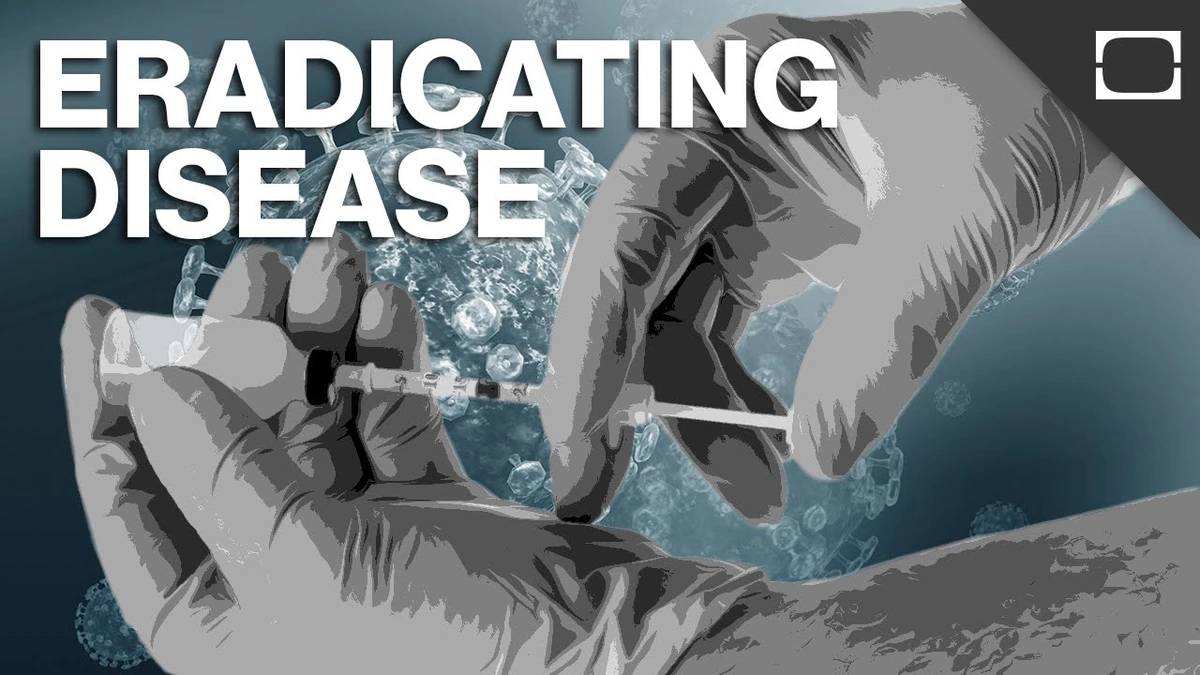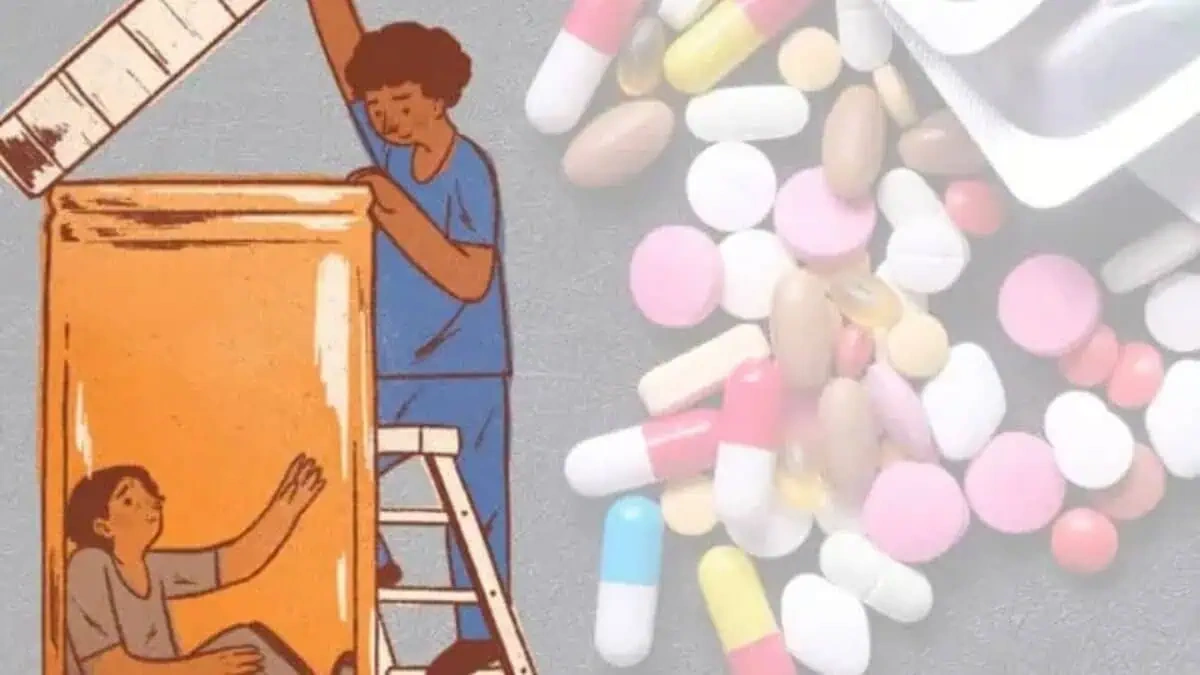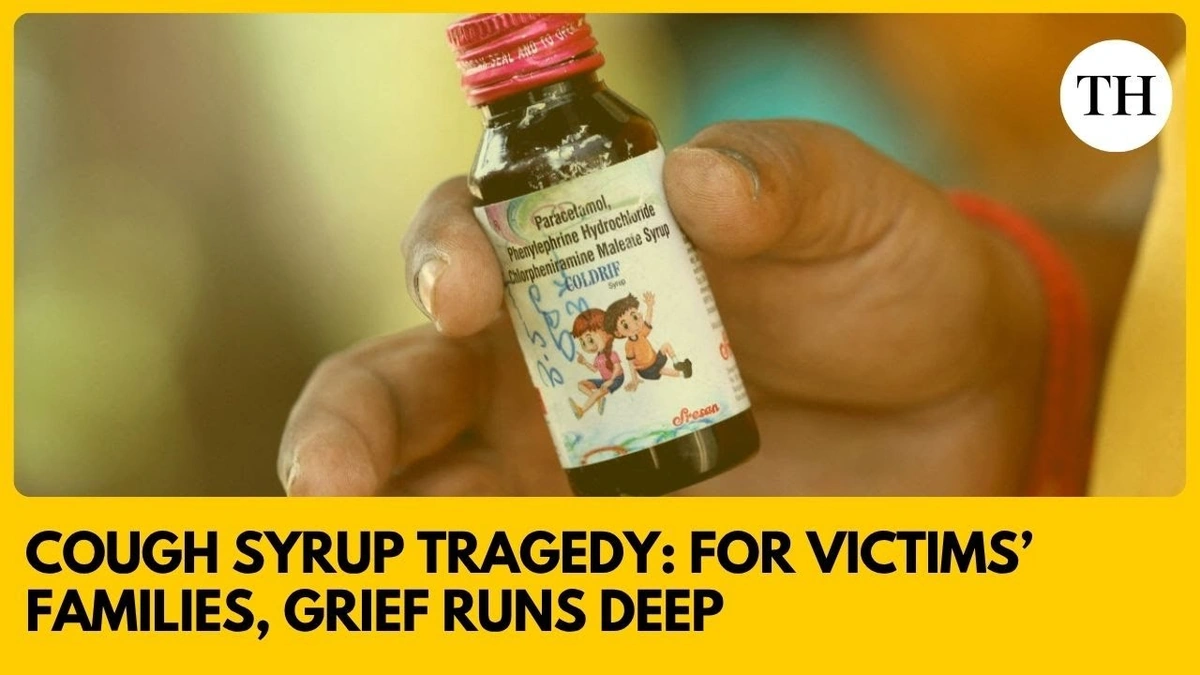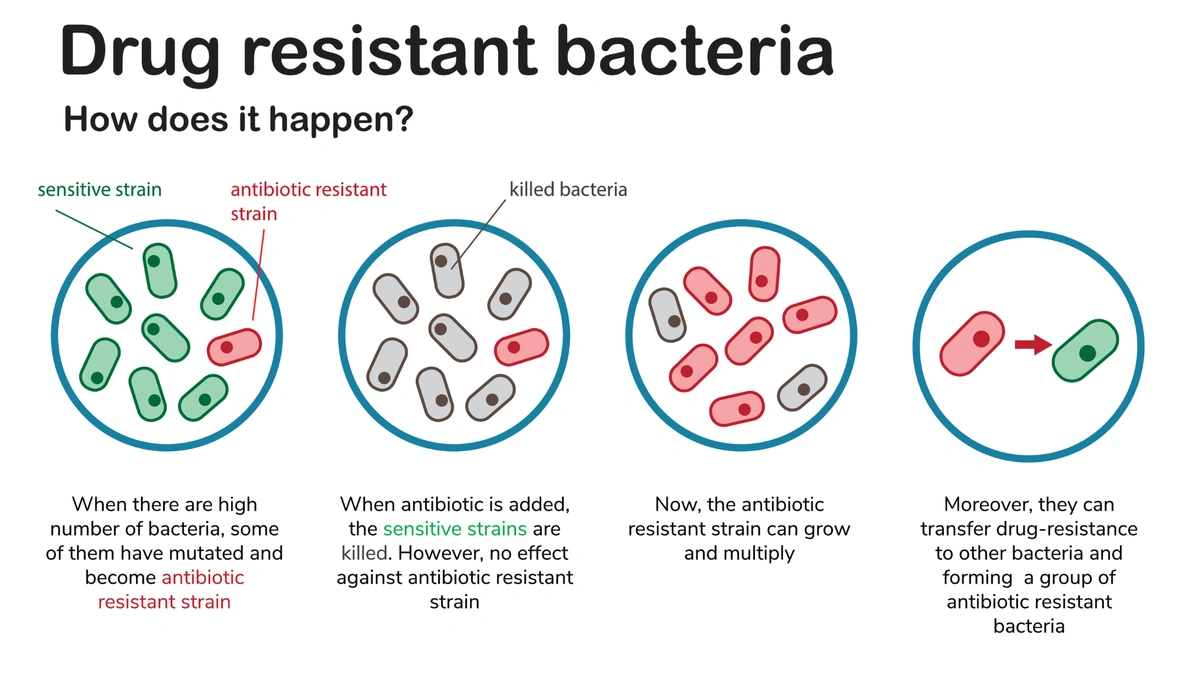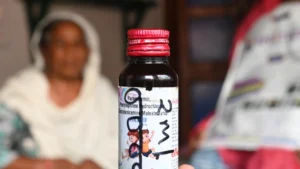Maldives Eliminates Mother-to-Child Transmission of Key Diseases
The Maldives. Palm trees, turquoise waters, and… disease elimination? It might not be the first thing that springs to mind when you picture this island paradise. But here’s the thing: the Maldives has achieved something truly remarkable. They’ve eliminated mother-to-child transmission of HIV and congenital syphilis. Let’s be honest, it’s a bigger deal than many realize, especially when you consider the implications for public health across the globe.
The ‘Why’: Understanding the Significance of Disease Elimination
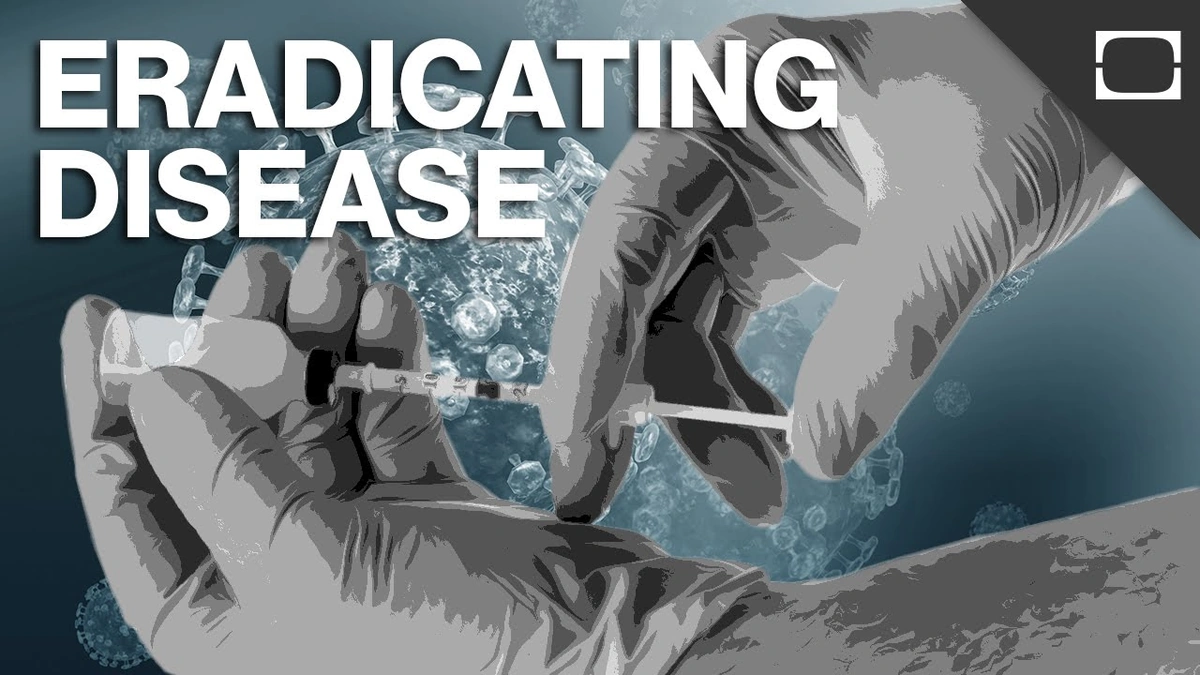
So, why does this matter? It’s not just a feel-good story (though it is!). Eliminating mother-to-child transmission tackles the problem at its source. Think of it like this: instead of constantly treating infected individuals, you’re preventing the infection from happening in the first place. For HIV and syphilis, both of which can have devastating consequences for newborns, this is revolutionary.
What fascinates me is the ripple effect. A healthy child means a healthy future. It means reduced healthcare costs in the long run, a more productive workforce, and, most importantly, a better quality of life for families. And in a world grappling with numerous health challenges, successful public health interventions like this offer a beacon of hope. The World Health Organization (WHO) recognizes this achievement as a major milestone and a model for other nations.
The ‘How’: Strategies for Preventing Transmission
Okay, so how did they pull it off? It wasn’t magic (sadly!). It was a combination of several key strategies. A common mistake I see countries make is focusing on just one area. The Maldives took a multi-pronged approach, including:
- Antenatal Screening: Widespread and accessible prenatal care , ensuring all pregnant women are tested for HIV and syphilis.
- Treatment: Providing immediate and effective treatment for infected mothers. This includes antiretroviral therapy (ART) for HIV-positive women, which significantly reduces the risk of transmission to their babies.
- Safe Delivery Practices: Implementing protocols to minimize the risk of infection during childbirth.
- Education and Awareness: Crucial! Educating the public about these diseases, how they’re transmitted, and the importance of testing and treatment.
Let me rephrase that for clarity it was about creating a system where every pregnant woman had access to the resources and information she needed to protect her child. What’s more, they actually implemented this system and followed through.
The Emotional Angle | Hope for a Healthy Future
Imagine being a pregnant woman, knowing that you could unknowingly pass on a life-threatening disease to your child. The anxiety, the fear – it’s unimaginable. This achievement by the Maldives offers hope – not just to families in the Maldives, but to families everywhere. It shows that with commitment, resources, and the right strategies, we can create a world where no child is born with HIV or syphilis. And that is powerful.
But, there’s more to consider. It’s easy to look at this success story and think, “Great, problem solved!” But the reality is that maintaining this status requires ongoing effort. Continuous monitoring, surveillance, and investment in healthcare infrastructure are essential. Complacency is the enemy of disease eradication .
Challenges and Lessons Learned in Elimination Programs
Here’s the thing about any large-scale global health initiative : there are always hurdles. The Maldives likely faced challenges in reaching remote populations, ensuring consistent access to medication, and combating stigma associated with these diseases. The WHO validation process probably helped to identify and resolve many issues. The lessons learned from their journey are invaluable for other countries striving to achieve similar goals. Transparency is key, and openly sharing both successes and setbacks can pave the way for more effective interventions globally.
What fascinates me is that the size of the Maldives may have helped. Smaller populations can be easier to reach with public health programs. But that doesn’t diminish their accomplishment. It simply means that larger countries need to adapt the strategies to their specific contexts. But, it is possible.
Looking Ahead: Scaling Up Disease Eradication Globally
The Maldives’ success story is a call to action. It demonstrates that eliminating mother-to-child transmission of HIV and syphilis is not just a dream, but an achievable reality. But the challenge now is to scale up these efforts globally. This requires:
- Increased Funding: Investing in maternal and child health programs.
- Stronger Healthcare Systems: Building robust healthcare infrastructure that can deliver essential services to all.
- Global Collaboration: Sharing knowledge, resources, and best practices.
- Community Engagement: Empowering communities to take ownership of their health.
It’s also important to acknowledge that each country faces unique challenges. What works in the Maldives may not work in India, for example. Cultural factors, economic constraints, and healthcare infrastructure all play a role. But the fundamental principles – early detection, effective treatment, and prevention – remain the same.
The one thing you absolutely must remember is that global health security is interconnected. A disease outbreak in one country can quickly spread across borders. Investing in disease elimination efforts is not just an act of charity; it’s an investment in our collective well-being. According to the latest research , these types of programs also greatly benefit the social dynamic of certain areas. As another example, these policies can have a dramatic effect on the impact of infant diabetes .
FAQ | Your Questions Answered
What exactly does “elimination” mean in this context?
Elimination means reducing the incidence of new infections to such a low level that it’s no longer a public health problem. It doesn’t necessarily mean zero cases, but it’s close!
How is this different from “eradication”?
Eradication means complete and permanent worldwide reduction to zero new cases, like with smallpox.
What other diseases are targeted for elimination?
Polio, measles, and rubella are also high on the list for global elimination efforts.
Why focus on mother-to-child transmission specifically?
Preventing transmission from mother to child is one of the most effective ways to reduce the overall burden of these diseases.
Here’s the final insight: The Maldives’ achievement isn’t just about numbers and statistics. It’s about the countless lives that will be saved, the families that will be spared heartache, and the future generations that will grow up healthy and strong. It’s a testament to the power of human ingenuity, compassion, and collaboration. And it’s a reminder that even the most daunting challenges can be overcome with the right strategies and unwavering commitment.
